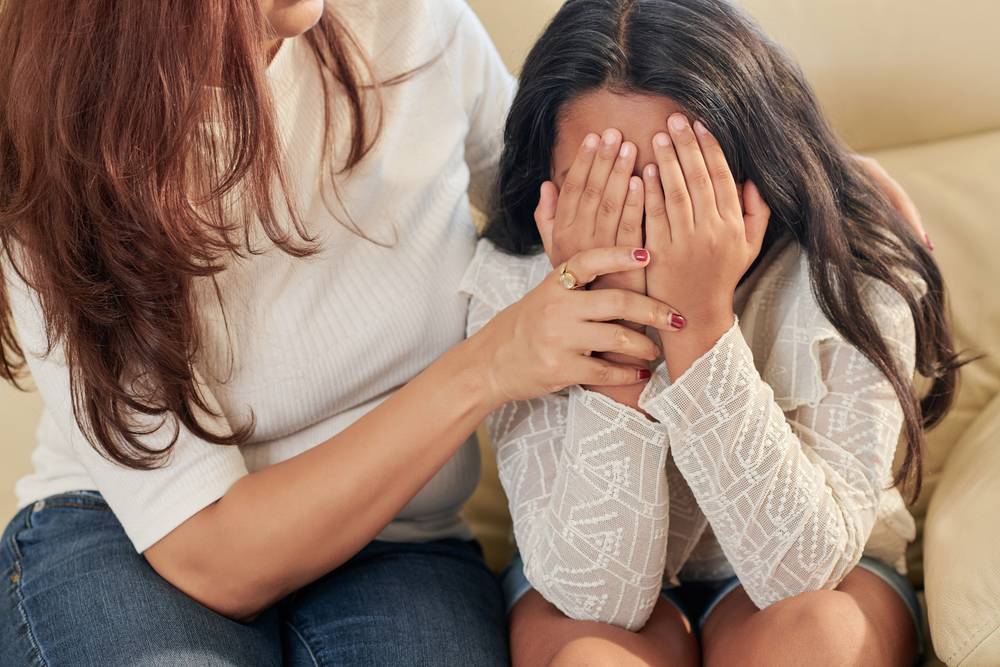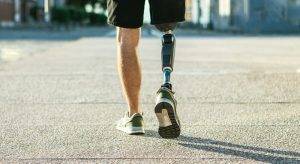With anxiety disorders among children and adolescents on the rise, the importance of appropriate treatment cannot be overstated.
New research indicates that while diagnoses are increasing, therapeutic interventions are dwindling.
A Surge in Children with Anxiety
Recent studies have highlighted a growing concern in paediatric mental health: an escalating number of anxiety disorder diagnoses among young people aged 4 to 24 years. Based on the National Ambulatory Medical Care Survey data spanning from 2006 to 2018, researchers have discovered a significant rise in office-based visits that include an anxiety disorder diagnosis.
This proportion surged from 1.4% of visits during the period of 2006 to 2009 to an alarming 4.2% of visits between 2014 and 2018. The study also revealed that while diagnoses increased, the percentage of visits involving therapy or medication treatments saw a decrease. There is a need for more effective interventions and treatments for young patients suffering from anxiety disorders, particularly as untreated anxiety can lead to long-term issues such as lower educational attainment and heightened risk for depression or substance use disorders later in life.
The Decline of Therapeutic Interventions
The decline in therapeutic interventions for children with anxiety, with more young patients being prescribed medication without accompanying therapy, is a worrying trend.
While medication can provide temporary relief, therapy offers a comprehensive and personalised approach to address the underlying causes of anxiety. Through therapy, individuals can develop essential skills to manage their symptoms, challenge negative thinking patterns, and cultivate healthy coping mechanisms. It provides a safe space for individuals to explore their emotions, triggers, and strengths, fostering self-awareness and long-term resilience.
By solely relying on medication, there is a risk of treating anxiety as a mere symptom rather than addressing it holistically. Therapy not only empowers individuals to actively participate in their mental health journey, but also allows for the development of a therapeutic relationship with a trained professional. This alliance promotes trust, open communication, and personalised interventions. Mental health professionals should strive to promote a balanced approach that includes therapy as a vital component of anxiety treatment, ensuring individuals receive the comprehensive care they need for sustainable mental wellness.
The Imperative of Therapy and Treatment
Research indicates that Cognitive Behavioural Therapy (CBT) is a particularly effective treatment for children with anxiety disorders, due to its focus on promoting adaptive thinking and behaviours to alleviate distressing emotional experiences. CBT practitioners intervene by altering negative thought patterns, teaching relaxation skills, and modifying behaviours that exacerbate the problem, thereby helping patients learn crucial coping strategies.
For young individuals, whose brains and social skills are still developing, the role of therapy becomes even more vital. Difficulties faced in various aspects of life often relate more to skill deficits than deep-seated, complex motives. Therapy aids in acquiring these crucial life skills, which might otherwise remain underdeveloped due to certain personality traits, circumstances, and early experiences.
While both CBT and medication– including antidepressants and anti-anxiety drugs, can be effective in treating anxiety disorders, studies generally suggest that psychotherapy yields more effective outcomes. Importantly, the addition of medication doesn’t significantly enhance the outcomes from psychotherapy alone. This highlights the importance of therapy in teaching essential coping skills rather than just alleviating symptoms, which is the primary role of medication.
Barriers to Effective Treatment
Navigating the landscape of mental healthcare is a challenging journey, one often fraught with numerous obstacles such as accessibility and availability of resources. This responsibility, unfortunately, falls squarely on the shoulders of the patients themselves or their families.
The first crucial step in this journey is the early detection of anxiety in children, which frequently materialises as avoidance behaviour. Recognising these signs is a paramount responsibility of those surrounding the child.
Finding Help and Resources
Challenges in navigating insurance and finding available providers can be daunting. Families can reach out to their child’s school or their workplace for assistance.
References:
- Holcombe, M. (2023, June 7). More kids are anxious but fewer get the right help, study shows | CNN. CNN. https://www.cnn.com/2023/06/07/health/anxiety-kids-medication-therapy-wellness/index.html
- Curtiss, J. E., Levine, D. S., Ander, I., & Baker, A. W. (2021, June). Cognitive-Behavioral Treatments for Anxiety and Stress-Related Disorders. FOCUS, 19(2), 184–189. https://doi.org/10.1176/appi.focus.20200045
- Treating Anxiety with CBT (Guide) | Therapist Aid. (n.d.). Therapist Aid. https://www.therapistaid.com/therapy-guide/cbt-for-anxiety
- How Therapy Works: The Importance of Skill Building. (2023, May 1). Psychology Today. https://www.psychologytoday.com/us/blog/insight-therapy/202102/how-therapy-works-the-importance-skill-building
- https://www.apa.org/ptsd-guideline/patients-and-families/medication-or-therapy. (n.d.). https://www.apa.org/ptsd-guideline/patients-and-families/medication-or-therapy












